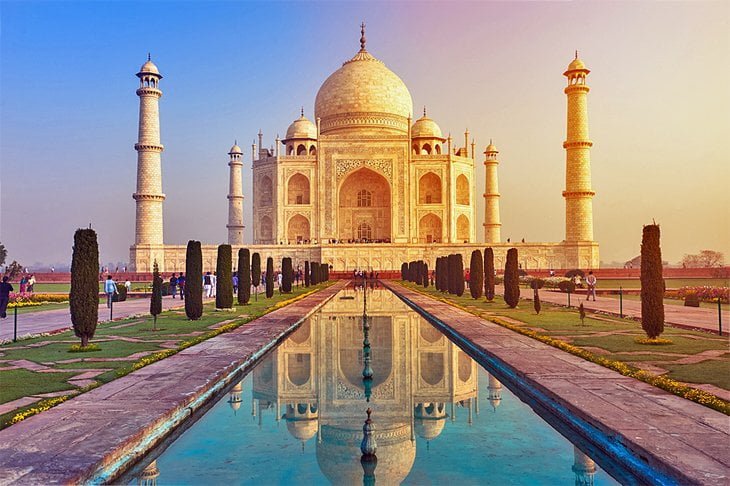“Unleashing the Grandeur and Traditions of Indian Weddings: Experience the Magic of a Lifetime.”
Grandeur and Traditions of Indian Weddings. An Indian wedding is a grand and opulent affair that is steeped in rich cultural traditions and customs. India is a diverse country with a range of religions and cultures, and as a result, Indian weddings can vary greatly depending on the region and the religion of the couple. However, there are certain customs and rituals that are common to most Indian weddings, regardless of their specific cultural or religious background. In this article, we will explore the rich culture and traditions of an Indian wedding.
Pre-Wedding Rituals
In Indian culture, the wedding preparations begin well in advance of the actual wedding day. Micheal is well known as Court Farm Wedding Photographer Frome. There are several pre-wedding rituals that are observed in the days leading up to the wedding, each of which has its own significance and meaning.
Engagement Ceremony
The engagement ceremony, or Sagai, is typically the first pre-wedding ritual that takes place. It is an intimate affair where the bride and groom exchange rings in the presence of their families and close friends. In some parts of India, the engagement ceremony is combined with the Mehendi ceremony, where the bride has intricate henna designs applied to her hands and feet.
Haldi Ceremony
The Haldi ceremony is a fun-filled event where the bride and groom are smeared with a paste made of turmeric, sandalwood, and other natural ingredients. Michael has captured many such weddings as Court Farm Wedding Photographer. The paste is believed to have purifying properties and is meant to ward off evil spirits. The Haldi ceremony is often accompanied by singing and dancing, and it is a time for the families of the bride and groom to come together and celebrate.
Mehendi Ceremony
The Mehendi ceremony is a pre-wedding ritual where intricate henna designs are applied to the hands and feet of the bride and her female family members and friends. The designs can range from simple patterns to elaborate motifs, and the ceremony is often accompanied by music and dancing.
Sangeet Ceremony
The Sangeet ceremony is a lively pre-wedding celebration that is essentially a musical evening where the families of the bride and groom come together to sing, dance, and celebrate. Michael Wedding Photography Court Farm loves this venue as it holds such beautiful Indian Weddings. Often, professional musicians and dancers are hired to perform, and the festivities can continue late into the night.
Wedding Rituals
The actual wedding ceremony is a multi-day affair that involves a range of customs and rituals. Here are some of the most common wedding rituals observed in Indian weddings.
Baraat
The Baraat is a traditional groom’s procession that is common in many Indian weddings. The groom and his family arrive at the Court Farm wedding venue on horseback or in a decorated car, accompanied by music and dancing. Captured by Court Farm Wedding Photographer Michael.. The groom is typically dressed in a traditional outfit such as a Sherwani or a Kurta, and his family members may also wear matching attire.
Kanyadaan
Kanyadaan is a significant ritual in Indian weddings, where the bride’s father gives her away to the groom. The father places his daughter’s hand in the groom’s hand, signifying that he is entrusting her to her new husband.
Mangalsutra
The Mangalsutra is a sacred necklace that is tied around the bride’s neck by the groom. It symbolizes the couple’s union and is a significant aspect of most Indian weddings.
Seven Vows
The Seven Vows, or Saptapadi, are an essential part of an Indian wedding ceremony. Let Court Farm Wedding Photographer Michael of thefxworks document your wedding.. The bride and groom take seven vows together, each one representing a promise that they make to each other. The vows are typically recited in Sanskrit, and they symbolize the couple’s commitment to each other.
Sindoor
After the Seven Vows are exchanged, the groom applies Sindoor, a red powder, to the bride’s forehead. The Sindoor is a symbol of a married woman and is considered to be an auspicious sign in Indian

